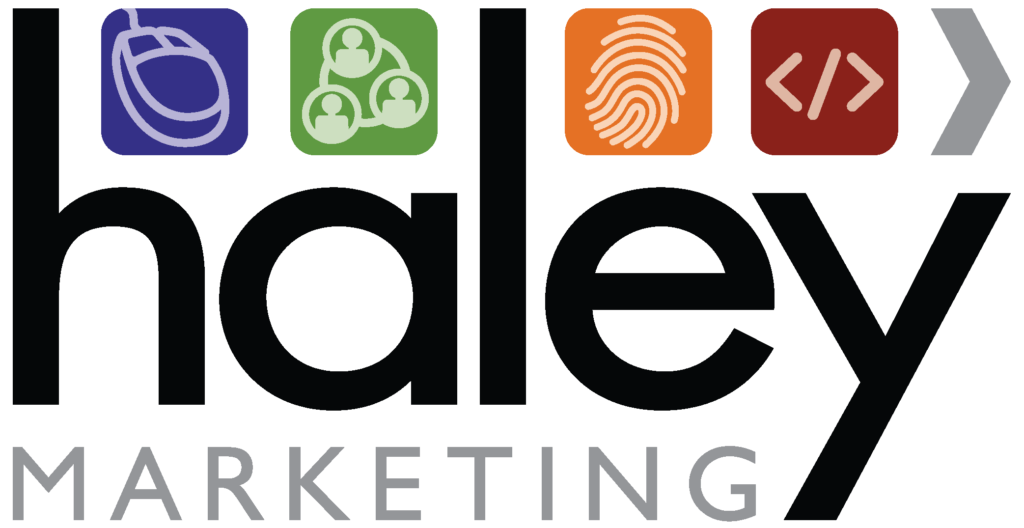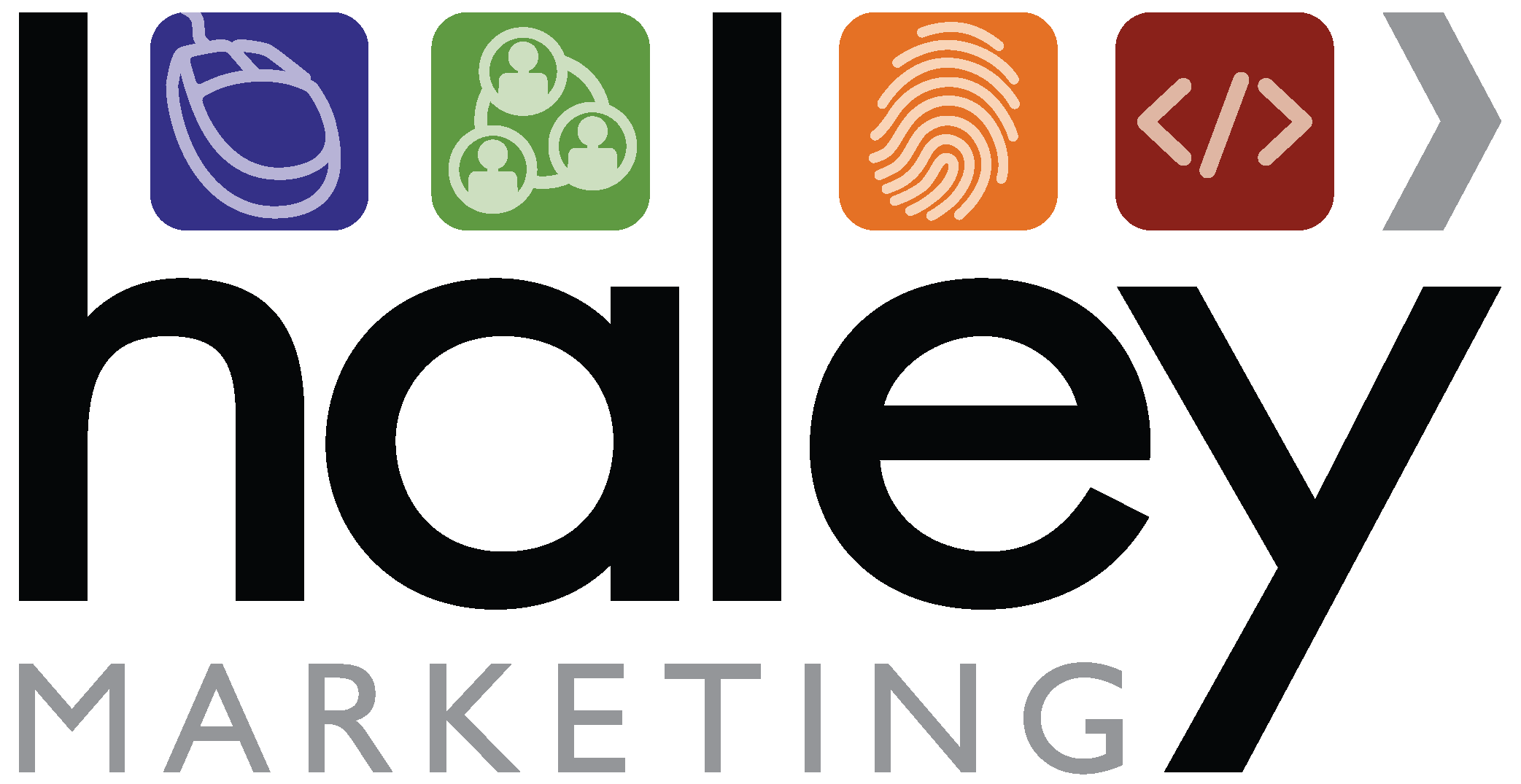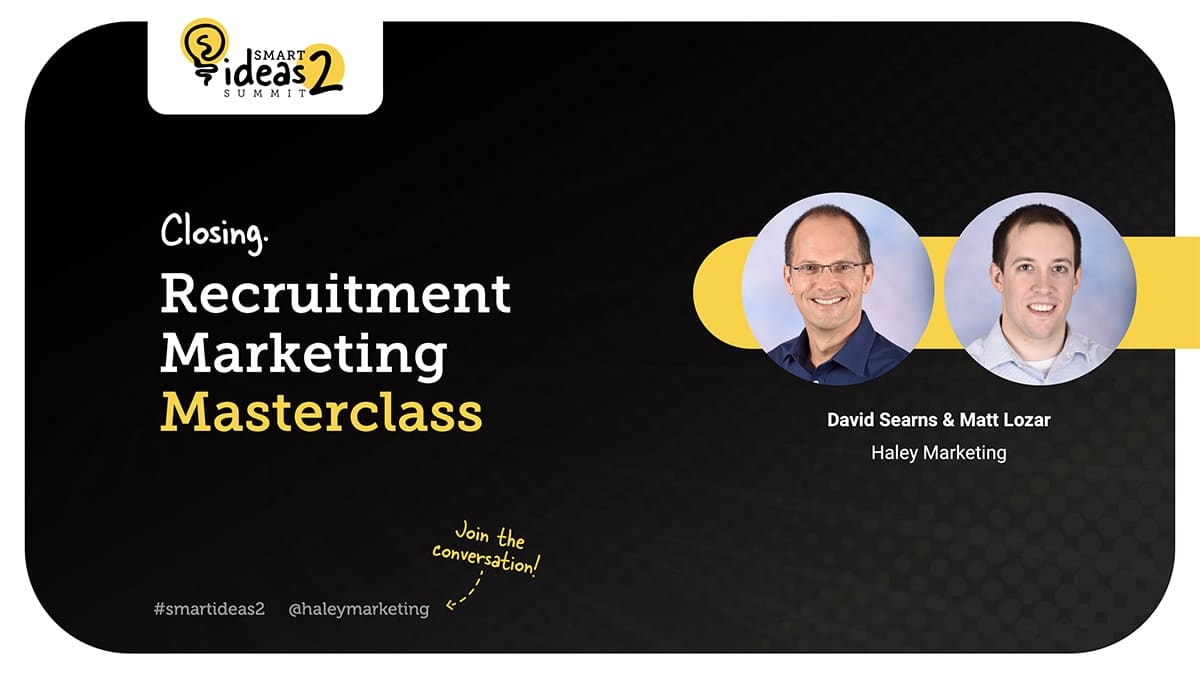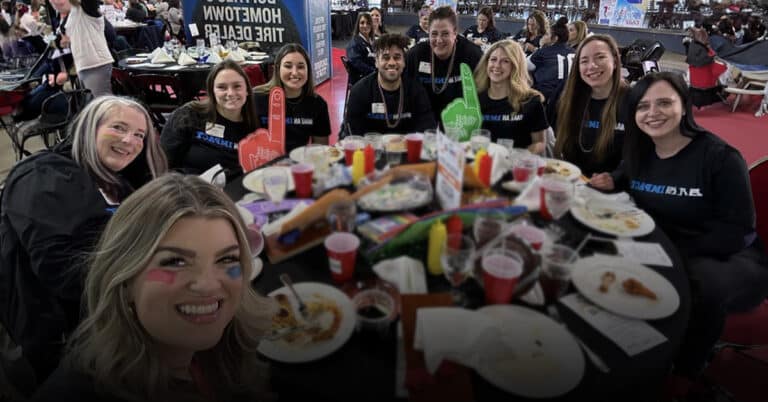The SMART IDEAS Summit 2 was a resounding success! Thanks to everyone who attended and made this year’s Summit even bigger and better than last year.
If you missed a session, want to re-watch a favorite, or share any of the presentations with your friends or colleagues, you’re in luck:
The SMART IDEAS Summit 2 Content Is Available on Demand!
Access the free recordings and slides for 14 educational presentations from some of the smartest minds in staffing here. Simply enter your contact information, and then click on any session to start viewing!
Session Recap: Recruitment Marketing Masterclass
In this presentation, co-CEO David Searns and Director of Recruitment Marketing Matt Lozar dig into everything that goes into getting the RIGHT people to click APPLY on your open jobs:
Video Transcript
Matt Lozar:
Let’s kick off with some data. I know recession has been the question of the day from since the start. But there’s not really a lot of recession going on right now. There’s historically low unemployment, 3.5% in July, 3.7% in August. It ticked up a little bit, which actually is good news.
So that’s a good thing here for the economy, in terms of unemployment. But then we’re looking at job quits, and it’s still pretty high. It’s 4 million a month. It’s 500,000 a month higher than we saw pre-pandemic. And if you look at the data, it’s 500,000 more people quitting monthly. 2.6 million fewer people in the workforce. The labor force participation rate ticked up a little bit in August, but still, we’re 1% behind February 2020. And 1% doesn’t sound like a lot until you see that’s almost 3 million people.
Lastly, to combat that, just this data from Indeed about a week or two ago, there’s 50% more jobs posted on Indeed versus pre-pandemic. So we have a very interesting challenge with recruitment marketing. And let’s never forget the no-call no-show, which I’m sure a lot of people here on the presentation have struggled with. So if we’re not having fun yet, I think we will now. So what the heck can we do? It’s time to really dig into this Recruitment Marketing Masterclass, and focus on some strategies to help you master your recruitment marketing.
David Searns:
Now I know we have a lot that we can cover in recruitment marketing. One of the things that we talk about in recruitment marketing is looking at four pillars, but let’s just define what recruitment marketing really is:
Recruitment marketing is getting the right people to click apply.
So a lot of times you think about recruitment marketing, it’s about getting the jobs out there. Or it’s about our employment brand, but ultimately, it goes back to are we getting them to click apply? Now it might be on your website. Could be website conversion optimization. Could be on Indeed or ZipRecruiter, but are we getting them to click that apply? And I mentioned those four pillars. We’re not going to have enough time in 20 minutes to a deep dive on these four, that I’ll quickly review all four with you.
What are the four pillars of recruitment marketing?
Career Site
Is it really optimized so people find the jobs and apply to the jobs? There was a comment made earlier today about having a job search widget, so that as soon as I come to your website, I can search like I can when I go to Indeed. A lot of ATSs, they’re native career portals, you can’t do that. You have to go to a separate page. The more clicks away, the less applies from your career site. A bad application can drive away 95% of your candidates. But that’s the first thing. The second thing.
Job Advertising
Saw a stat earlier where Matt and his team are managing $3 million a year in job advertising, and an average improvement in cost per click of 30%. You can get so much more out of what you’re spending.
Social Recruiting
So you heard Brad and Matt earlier talk about social media and strategies for using social to get found, get people to your jobs, get conversions.
Employment Brand
Matt, you mentioned it earlier. It’s defining what are you known for? And then building the reputation that proves you are what you say you are. But we’re trying to get people to click apply. So how do we do that?
You really need to think about it as a full life cycle process. So we have to attract people. So we may be attracting people who are active or passive job seekers. Attract is easy. We’re selling them on jobs. Convert is pretty easy. We get them to apply, but there’s a lot of people who aren’t ready for a job. So they want to know what you do to help them.
They want to know about your expertise. The conversion may have nothing to do with applying to a job. Now, maybe it’s closer to the apply, like getting a job alert, but maybe it’s opting in to attend a webinar. Maybe it’s coming to an event you’re holding to learn more about you. Maybe it’s career coaching. Maybe it’s a resume review. We have to think about ways we can start to build community. So then we can qualify, is this someone who should be in our community? And if so, we really have to think about what we’re going to do to nurture them once they’re in our candidate community. What are we going to do to stay top of mind with candidates until we have the right job for them?
We may have 50,000 people in our ATS, 200 open jobs. But if I don’t have the right 200 people out of that 50,000, I’m not going to make placements. And likewise, if I have nothing for those 50,000 people, they’re not going to remember me when I come back five years later to try to reengage them and reactivate them. So we have to have reasons to nurture, to stay top of mind. You heard multiple presentations today talking about content. And really understanding the questions, your audience, your candidates, what the people you’re trying to place are asking. What they want to know about staffing, about the job hunting process. About their careers. The reasons they would come to you for your expertise, that’s the stuff that should be part of that nurturing. Whether it’s going out via email, text, physical mail, we have to have a game plan for regularly nurturing.
Create a frictionless process.
Now, then we want to make sure it’s easy to deploy. You heard multiple people talking about the implementation. And Art talked a little bit about, he didn’t use this word, but the frictionless process. He talked about, would you have a mobile app versus a native app? And he said, essentially, the more people need to do something, the easier you have to make it for them. They’d want to be native. But when I’m learning about you, I’m not going to download your app to look at your jobs. So we have to think about, are we providing the great candidate experience through our technology stack to make it easy and efficient to deploy? Then we have to retain. That’s a lot about the customer service experience. Your recruiters are partially nurture, but mostly they’re over in the deploy and retain, really working on making candidates happy.
I know more and more companies have a concierge kind of a role. Their job is to make the candidates happy with the staffing company, and then be very proactive about that redeployment. So this is our version of Art’s connected recruiting. But it’s really thinking about not just jobs and placements, but all of the reasons people in the workforce, people in your ATS community, would want to be in touch with you. So we’re big fans of AIDA.
Create awareness, interest, desire, and action.
From a recruiting standpoint, awareness just means if I’m going to get someone to come to me, I have to make them aware not only that my company exists, but that a better opportunity exists. Not just a job, but that life can be better. And sometimes you have to make people realize they’re unhappy.
So when you think about getting someone’s awareness or attention, the analogy I love to use is, picture you’re on a divided highway, and you’re racing down the highway in the northbound lanes. Then all of a sudden, it stops. Wall-to-wall traffic because there’s a crash in the southbound lanes. So what happened? There’s nothing in your lane that should slow you down, except for everybody stopped to look. And when it comes to getting the awareness of people, accidents, problems, issues are actually great ways to grab people’s attention. The fact that you’re a wonderful staffing company does not get people’s awareness or attention. We have to convert them by saying, “Hey, life could be better.” And awareness doesn’t have to be negative. It can be positive. It can be opportunity. But let’s go onto the interest one. Interest is about how do we now get people to look like, “Wow. That sounds interesting.”
“I didn’t know what you do to help people find a job. I didn’t really know how staffing companies work,” because 80% of job seekers don’t think about our industry. So we have to get them to say, “This is really cool. Wait a minute, you provide free services to coach me, to help me improve my resume, to get me set up for the interview, to get me feedback from this? Wow, what a great service you provide.” Most job seekers don’t know it. And then we have to get them to desire, which is, “I want this job. I want to work with you. You’re an awesome company.” It’s the interest stage to the desire that this is your employment brand coming through. This is the recruiters and their sales skills. This is where people look at you.
They’ve got to want to work for you. Whether they’re directly employed by you as a recruiter, a salesperson, or account manager. Or they’re a contractor, temporary worker, they’ve got to want to be represented by your organization. And then the action we’re driving people to is click the apply button. So this is what AIDA is really all about. People should be excited about jumping on social media and saying, “I just applied with XYZ Staffing. I’m so hopeful that I’ll get to work with them.” They should be proud of what it means to be represented by you.
Matt Lozar:
AIDA is a popular phrase here at Haley Marketing. But I also want to take that to the next level. And thinking about recruitment marketing, focusing on these three areas. It’s making it easy, being really consistent with everything, but also being authentic. You want to make sure it goes back to the definition of recruitment marketing here at Haley Marketing: getting the right people to apply to the job. Because it’s okay that everybody doesn’t want to apply to your jobs. You don’t have to be targeting every manufacturing candidate. You might feel like you need to, but you don’t have to. You want it to make it be the right fit for your company. How do we make it easy? We want to look at our audience.
Where is your audience spending time? Could be social. I’m sure it’s on their mobile device. So we talk about content on desktop versus mobile. It’s anywhere that is getting their attention. How can you get in front of them? And with recruitment marketing, it shouldn’t always be a conversion. It can be building that relationship over time. Because your content’s going to be in different formats. Let’s think about what happens when you create a video. How many times do we scroll social media or anything with the video, and we can’t put the audio on? If you don’t have captions or a way for someone to consume and really engage with that content without audio, you could be losing a really big portion of the audience. That’s just one example, especially on desktop or mobile. So what could you do there? Where is that audience spending time? You look at your career sites.
How do you make it easy to get to your blog on there?
How do you make it easy to sign up for a job alert or apply for a job?
Indeed and ZipRecruiter make it pretty easy to apply for jobs if you use the quick apply. Social recruiting: is it easy to find your page? Is it easy to go from your page back to your website and have a really nice experience, all the different information? Your employer brand. Is it everywhere? Is it in the real world? Is it online?
Would Amazon ever make it more difficult to buy something? And it’s funny, I was at a gathering a week ago. And somebody brought up a product in conversation and they’re like, “Yeah, I’m going to put that on my list for next week.” And I’m like, “In the future, we could order it from Amazon. And it’d probably in our doorstep in about an hour.” So what can we do to make it even easier to someone to apply to a job, to then have a shift ready for them tomorrow, maybe in a couple hours, whatever it can be? Uber, DoorDash, whatever you want it to be. How can you make it a lot easier for someone to consume your content and then go to work?
How do we stay consistent?
And I think the most important part is the schedule. It might be the hardest part about posting content. And this isn’t just recruitment marketing. This is digital marketing, content marketing. How are you going to do it all the time? How are you going to make sure that content’s always there? Because people get excited about it for a week, a month. And month two comes, and then month three comes, and it becomes challenging to come with topics. Becomes a little bit challenging to get excited about it if people aren’t engaging with it, by having to play the long game. It’s why I try to do with my LinkedIn Lives on Tuesdays at 11:00 AM. It’s consistent. People also can start to expect it and think about this presentation. And this goes back to TV shows. We knew Thursdays on NBC was comedy night.
How can we be authentic?
We knew Fridays on ABC, TGIF, the comedy shows for a younger audience. One way to be consistent. But it also has to come through all of your messaging, your imagery and your tone of copy. I’ll talk about it with being authentic, but it has to be consistent all the time. That same tone in your copy. Are you lighthearted? Are you more serious? Your imagery, is it playful? Is it just traditional stock imagery? What’s the image of your company? Because that gets you back to connecting with the right audience, and making sure the right candidates are applying for the job. And lastly, be authentic. Candidates are going to see through if you’re fake. And one social media account that jumps out to me is Wendy’s, the restaurant. Go to Wendy’s Twitter page. It has a tone. It has an edge. They don’t care if you like it, or if you don’t like it. That’s who they are.
And if that fits your company, great. If it doesn’t fit your company, just as great. Find the tone that works really well for you. And by being authentic, you’re showcasing your mission and values. How can it be shown? Talked about the tone. It can be through video, testimonials, be authentic of really bringing that employer brand to life. Your employee value proposition. What’s in it for that candidate? Why should they go to work for you? There’s 11.2 million open jobs right now. And they’re not just competing with staffing. They’re competing with anyone else that’s paying in that pay range, even more now than ever. You go drive down the street, paying $15 an hour, paying $18 an hour, paying $20 an hour. It’s super-easy to change jobs. So by being authentic, you’re building that relationship with your audience so they have a connection with you.
It’s really hard to quit people.
That’s why staffing industry succeeds. Relationships. The jobs can become really easy for them to become transactional. Go in to work tomorrow. If I don’t like it, I’ll just go to a different job next Monday or even Friday. And I’ll also get paid. But if it’s a relationship and I have to tell someone I’m breaking up with them, basically, because you’ve worked with them for six months, 12 months, they care about you, has a really good relationship. It’s been developed before someone even applied for the job. That’s where the being authentic with that content in recruit and marketing is super-important.
David Searns:
The challenge if you’re in staffing and recruiting is, how do you separate yourself from everybody else? And so many companies will say, “Well, it’s our service.” And that’s great, but until someone’s experienced a service, they don’t know it’s different. And you sound like everybody else when you say, “Our service is better.” And it may be our expertise or our focus. But one of the things that I’m a big proponent of is when it comes to differentiating your company, particularly from an employment brand, it’s your company’s mission, vision and values are the one thing no one can copy. Is this epic quest of what you’re trying to accomplish. Your mission. It’s your vision.
It’s where you’re going that gets people excited to be part of it. And it’s your values, what you stand for. And nothing personally makes me happier than when someone’s applying for a job. And they say, “Oh, I picked Haley Marketing, because I looked at the values on your website, and it really resonated with me.”
The talent crisis is here to stay. And that’s actually a really good thing. You saw lots of data, but our value as an industry is when there’s more demand for people than people available. It’s a lot harder. We all… Well, not all, but a lot of you may remember the great recession. It was not fun when there was a lot more people than jobs, and the industry fell 30%, as opposed to the data you saw of how much it’s grown.
The thing to remember is that it takes time.
Nothing about marketing is instantaneous. It takes time, patience, persistence.
And as Matt just said, consistency. If you really want to build a brand that people find, that people know. If you want to build an organization that people want to work with, want to have represent them to employers. It takes a lot of time and persistence.
Matt Lozar:
Let’s wrap up with a few questions. Is it a good idea to add testimonials to your blog even if you have a section for testimonials? I would say absolutely. Add content to your blog, create a section, a category for testimonials on there. But also, if you can tie in that testimonial to a video, that could really help also bring in SEO into play here. If someone is there for two minutes, three minutes, watching a video, that’s a great signal for your website that it’s providing the right information to your team. So I would say absolutely, as long as it’s not too heavy of a lift, and you can really make it simple for people to see all the great things your candidates’ team are saying about your company.
David Searns:
Try to put the testimonials nearest to the locations on your site, where people are evaluating you. So I love the idea of a blog post, because people are learning about you. But at the same time, if you’re softly selling your brand with a testimonial that’s a graphic on the side or at the end of the post, it’s a great way to reinforce who you are. Particularly on your services pages, on your job seekers’ pages. They should be throughout those pages so that people are seeing social proof, testimonials. And I love review widgets that demonstrate you guys are really good at what you do. You live your promises. Speaking of testimonials, we had another question. What’s the best way to gather testimonies from employees? Matt, any suggestions there?
Matt Lozar:
Definitely ask. That’s got to be number one. We have to be proactive there. Because think about our consumer lives. Most of the time, we don’t go and leave reviews when we’ve had a great experience at a restaurant or a hotel. We go and say that, “The steak was well done when I wanted it medium rare.” We go and say, “There were bed bugs in the hotel.” We don’t go and say, “This was the most comfortable bed in the world,” unfortunately. So you definitely have to ask and make it simple. It could be through software. Haley Marketing has reputation management software where you can upload a list, and if you upload a list of a thousand people, it’ll batch it out in segments. So you’re not flooding Google and Indeed with a ton of reviews in one day, because that’s a red flag. But it’ll send it out 50, 100 at a time.
“Hey, did you have a great experience with us? Yes or no.” And it’s done privately. And then if they respond in a really positive way, you can navigate them to hopefully leave a review for you. So definitely ask them. Ask somebody after you place them on assignment. Or even if people are still coming into your branch office, have a device right there. Make it really simple with a QR code for someone to post. So we can’t assume they’re going to leave positive views. We have to be proactive.
David Searns:
We had an endorsement for the reputation management services, because automating it and using automation after that service experience ask everybody, “How did we do?” And if they’re happy, leave a testimonial. And there was another suggestion that collect video testimonials. We use a tool internally, the Video Now product we mentioned earlier, where you can ask people three questions. And they just need their phone to respond. They can answer three questions, and it composes a produced video at the end. We do that with every new hire so they can introduce themselves to the rest of our team. Since we’re fully remote, it’s a great way to meet the people joining us. You can do the exact same thing to get feedback from the candidates you’re placing.
Want more smart ideas from the smartest minds in staffing?
Access the free recordings and slides for 14 educational presentations from the SMART IDEAS Summit 2.
